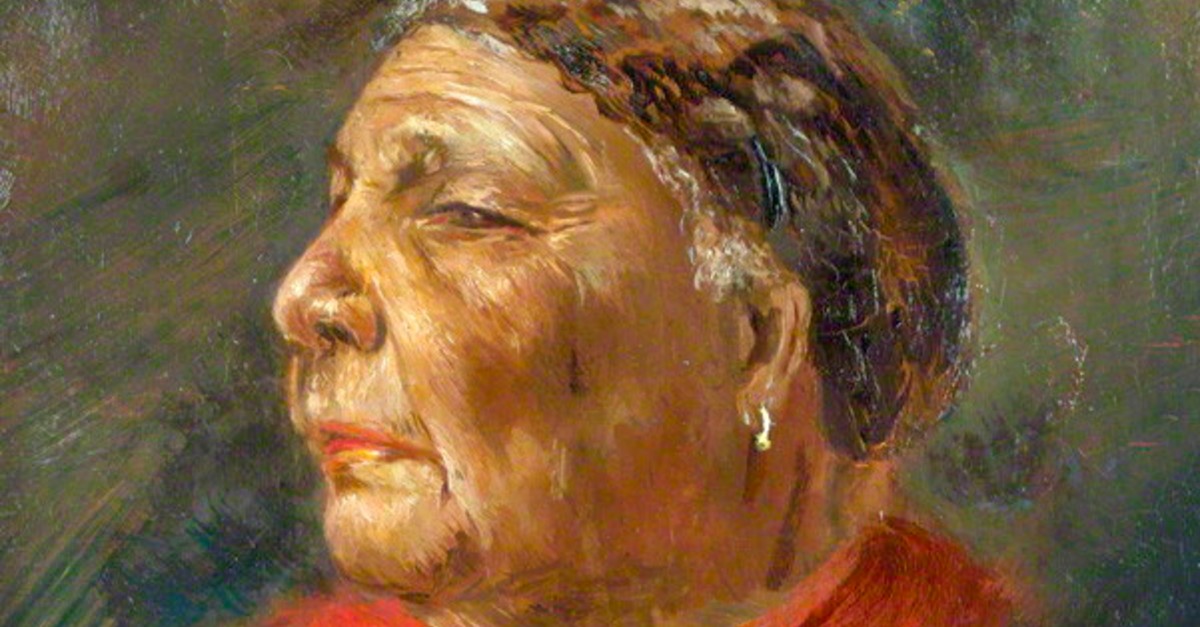“When I was a boy and I’d see scary things in the news, my mother would say to me, ‘Look for the helpers. You will always find people who are helping.’” —Fred Rogers
This isn’t the first time we’ve recalled this famous quote from Mr. Rodgers. Each day, in the news and social media, we encounter stories of amazing helpers who are working and sacrificing for the greater good. They come from all ages and backgrounds. Some of them are even students who have found ways to provide a bit of hope, encouragement, and reassurance despite school closures. As the days stretch on though, it can often feel like we’re fighting a losing battle against the gloom.
Before we look ahead to the long road of recovery, it might be worthwhile to look back and remember some of the helpers from history. There’s no denying that COVID-19 is a formidable adversary, and it will take a lot of work to prevent the spread of sickness, but this isn’t the first time humanity has beaten the insurmountable odds. Be it war, political corruption, or dangerous accidents, helpers from history have always stepped forward. By using compassion (and often STEM!), they have changed the world for the better.
So, if you’re feeling a little despondent and could use some encouragement, just remember these helpers from history. Here are 5 STEM masters who changed the world!
Mary Seacole
Mary Seacole was a British-Jamaican businesswoman and nurse who set up a “British Hotel” behind combat lines during the Crimean War. She treated her patients with a unique mixture of Jamaican and European medicine and helped modernize many of the standard medical practices we use in hospitals today. Additionally, her “British Hotel” served as a place where British soldiers could rest, receive mail from home, and enjoy a good meal whenever rations were low. As a battlefield nurse, Mary treated everyone regardless of nationality, and her kindness became so well-known that the soldiers began referring to her as, “Mother Seacole”.
John Snow
Much of what we know today about hygiene and sanitation is thanks to John Snow. When London experienced a massive cholera outbreak in 1854, John worked tirelessly to not only treat its victims, but also to discover the source of the disease. At the time, many medical professionals believed cholera was a result of harmful miasma in the air. However, John’s research proved that it was actually due to contaminated drinking water. This revelation not only fundamentally changed how scientists understood disease, it helped make cholera outbreaks a thing of the past.
Frances Perkins
Frances Perkins was an American sociologist and workers-rights advocate who served as the U.S. Secretary of Labor from 1933 to 1945. She was the longest serving individual in that position, and the first woman appointed to the U.S. Cabinet. Before that, Perkins was instrumental in passing legislation which ensured American factory workers had access to evacuation plans, fire escapes, and sprinkler systems. She was well-known for using the scientific method to gather data on working and safety conditions in factories. With the support of Franklin Roosevelt, she helped end child labor and found workers compensation programs.
George Washington Carver
Though he was born a slave, George Washington Carver became one of the most highly respected botanists of his day. Carver actively promoted alternative crops to cotton and methods to prevent soil depletion. He introduced poor farmers to alternative crops such as peanuts and sweet potatoes. These served as sources for their own food and led to an improved quality of life. Carver was also a vocal environmentalist who revealed how rapid expansion of profit-driven markets were making farmland unsustainable. His work not only improved the livelihood of rural farmers but also helped expand our understanding of agriculture.
Nils Bohlin
Nils Bohlin was a Swedish mechanical engineer and inventor who created one of the most important life-saving devices in modern history: the three-point safety belt (or seatbelt). Before 1959, only two-point lap belts were available in automobiles. While these belts held drivers in place, they would frequently lead to internal injuries whenever there was an accident. Bohlin’s invention helped reduce the impact on drivers and was even made available to car manufacturers for free. It’s estimated that his seat belt saved more than one million lives in the four decades since it was introduced.
We hope you all are staying healthy and safe during this difficult time. For more free learning resources, check out blueappleteacher.org.
*Image courtesy of Wikimedia commons.

